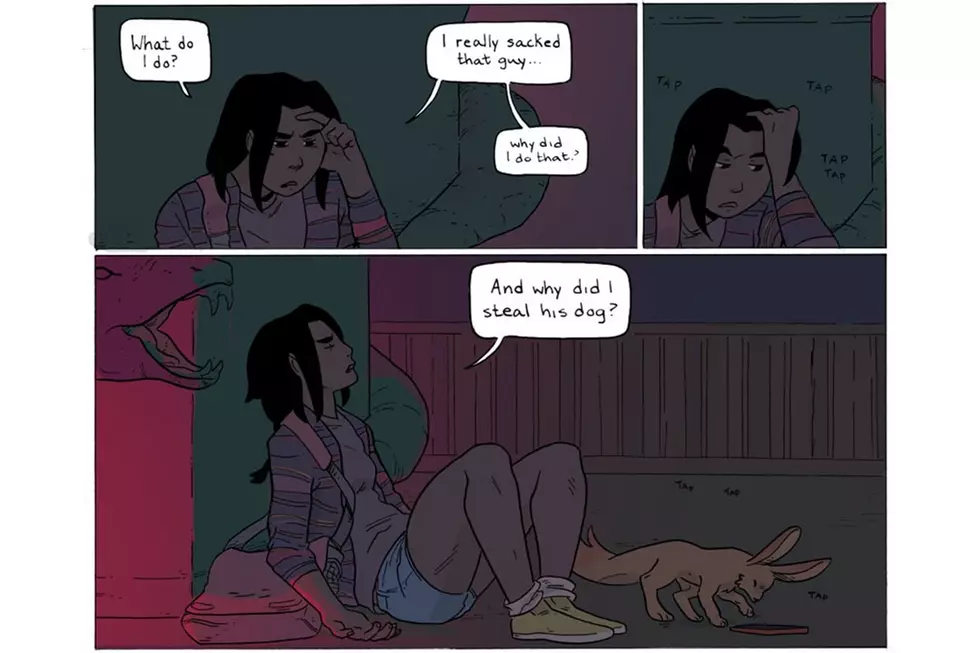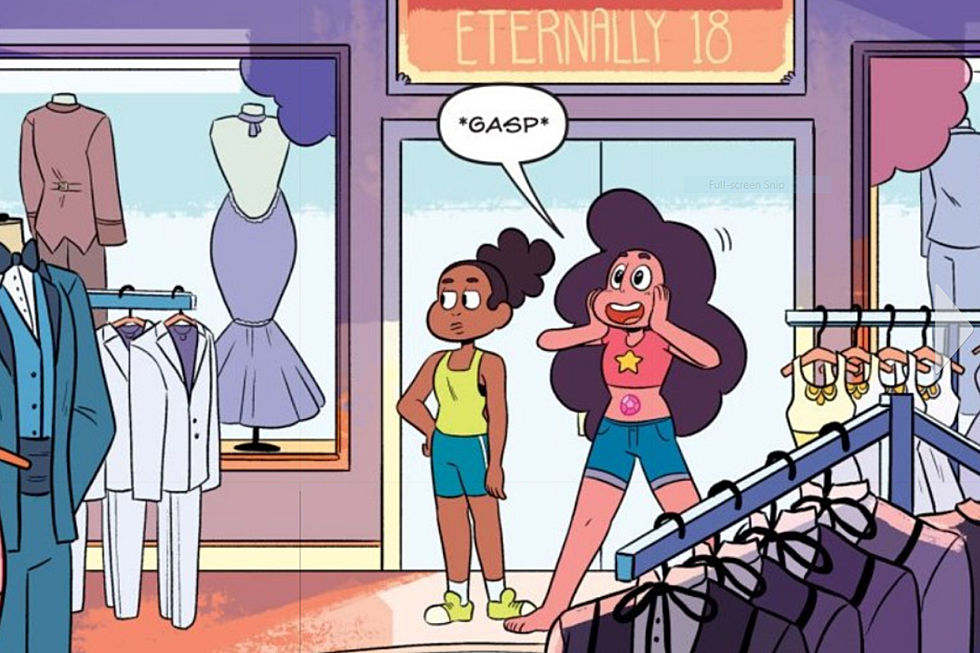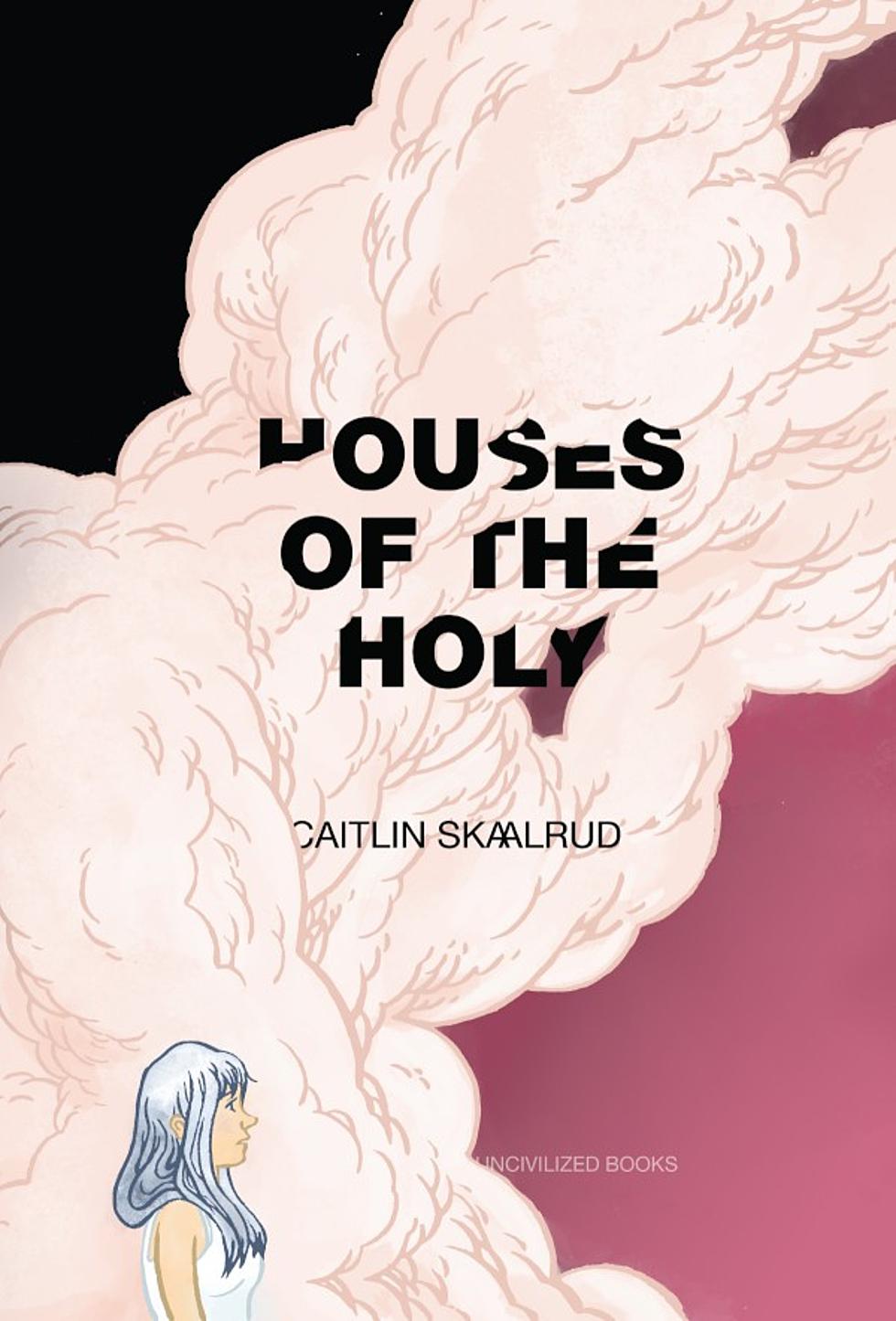
Damaged Beauty: Why You Should Visit Caitlin Skaalrud’s ‘Houses Of The Holy’
As a reviewer, it's a rare gift to be handed a comicbook that's so unlike anything else you critique that it enables you to abandon your own rules; when the typical criteria of structure, character, dialogue and technique don't really apply, and you're forced to evaluate a creative work on completely different terms.
I was given that gift in Caitlin Skaalrud's Houses Of The Holy from Uncivilized Books; a gift I repaid by not actually writing a review of the book for two months after I received it, and I was angry at myself pretty much the entire time. Because Houses Of The Holy might be the most dazzling and immersive book I've read in a long, long time.
Houses Of The Holy is one of those books that's difficult to summarize in a satisfying way. It's a metaphysical exploration of ephemeral emotions, more reliant on metaphor and symbol than linear storytelling or conventional structure; a silent visual narrative and hand-written prose in counterpoint, either of which could exist without the other and still be remarkable.
It begins by introducing an unnamed protagonist --- who one could assume to be a spiritual stand-in for the artist --- who lives in a lighthouse on lake. Urged by something that's never made clear, she disrobes and descends into her cellar and begins an unnerving odyssey deeper into her own psyche, which is manifest as a strange afterworld of ritual, memory and tribulation.
What Houses Of The Holy lacks in fifty-word hooks, it makes up for in a reading experience unlike anything else. Pick any brilliant surrealist cartoonist you like --- Eric Drooker, Joshua Cotter, Renee French --- and there's enough connective tissue for a basic comparison, but that's about it. Apart from her style being nothing like theirs --- more like Charles Burns raised on manga and woodcuts --- what Skaalrud creates in Houses Of The Holy feels entirely new.
Appropriating imagery from dark fantasy, paganism, and what seem like previously-undiscovered Jungian archetypes, Skaalrud codifies her own strange symbology immediately. As the protagonist descends into her cellar, she begins her Dante-like journey by venturing through twelve antechambers --- the first door marked with the Wiccan symbol for Air, which represents both the soul and the mark of an initiate --- each concealing a scene of what could best be described as intense spiritual horror.
Skaalrud is able of conjure visions so disturbingly resonant and animalistic that they seem to assault the base unconscious. These go far beyond typical body horror or psychological torment; these are nightmares about the state of one's pneuma articulated in cruel black ink. That's not to suggest that Houses Of The Holy is a gore-fest, or that it isn't beautiful --- it's remarkably beautiful. But it's an odd, peculiar, damaged kind of beauty, revealed through an emotional ordeal of painful and confrontational images.
It's not all doom and gloom. An optimistic spirit guides Houses Of The Holy. On her walk through a landscape equal parts wonder and despair, Skaalrud's protagonist endures a series of trials, confronts haunting memories, and grapples with what seems like a constantly-escalating level of insanity. She also strips away her childhood innocence, accrues her tokens of power, and engineers her own rebirth.
An evocative journey through pain and torment, Houses Of The Holy is traumatic and defiant; raw like a cut that refuses to heal. It's also transformative and magical, and the most wonderful reading experience I've had in what feels like years.
Buy Houses of the Holy online or at better bookstores.
More From ComicsAlliance

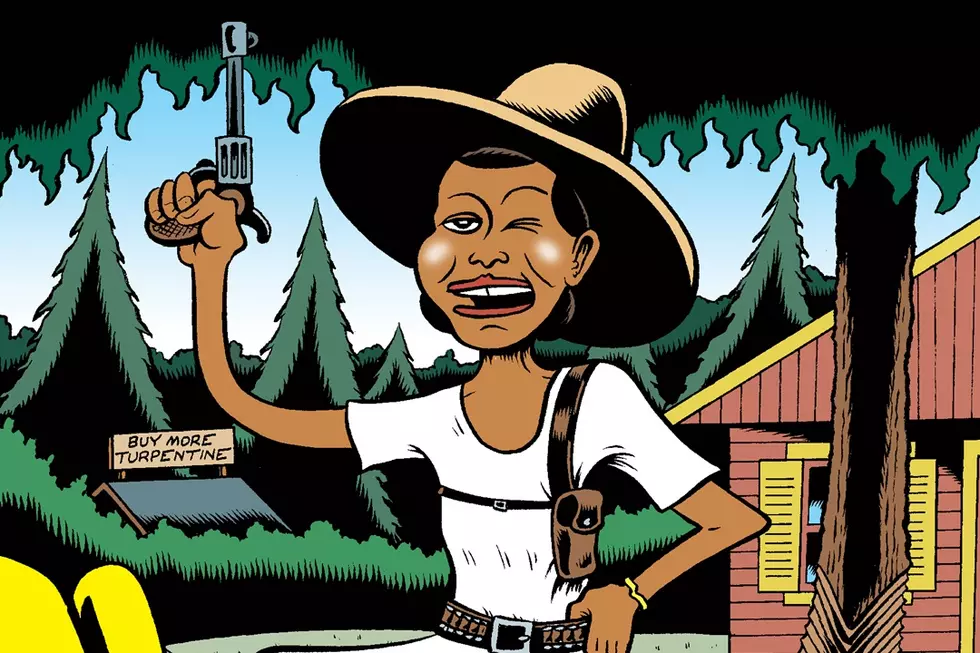
![The Boys Are Back in Town With Marvel Legends’ New Guardians of the Galaxy Figures [Review]](http://townsquare.media/site/622/files/2017/03/IMG_2839.jpg?w=980&q=75)
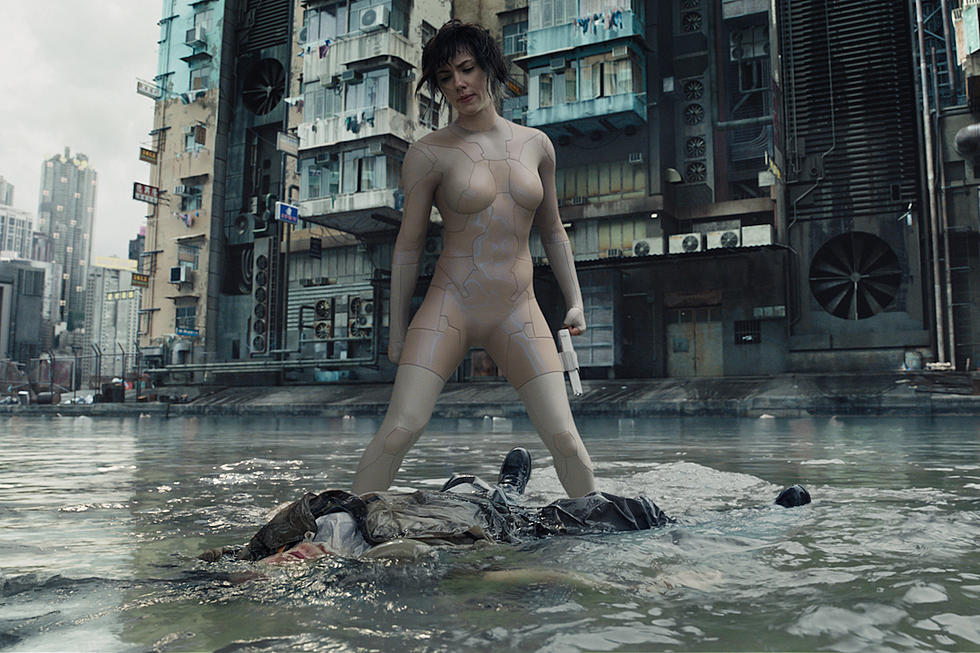
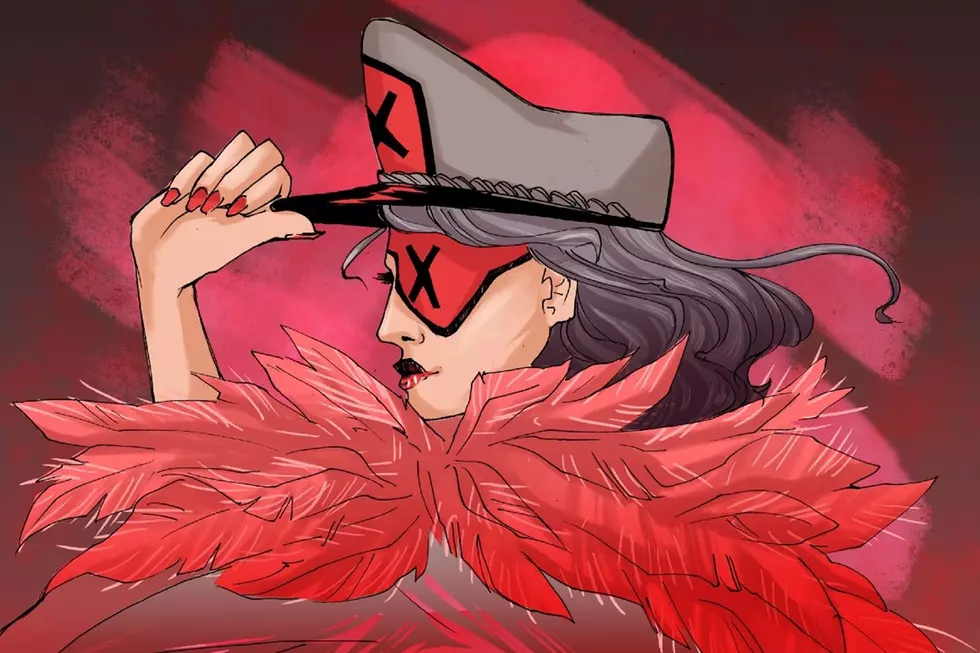
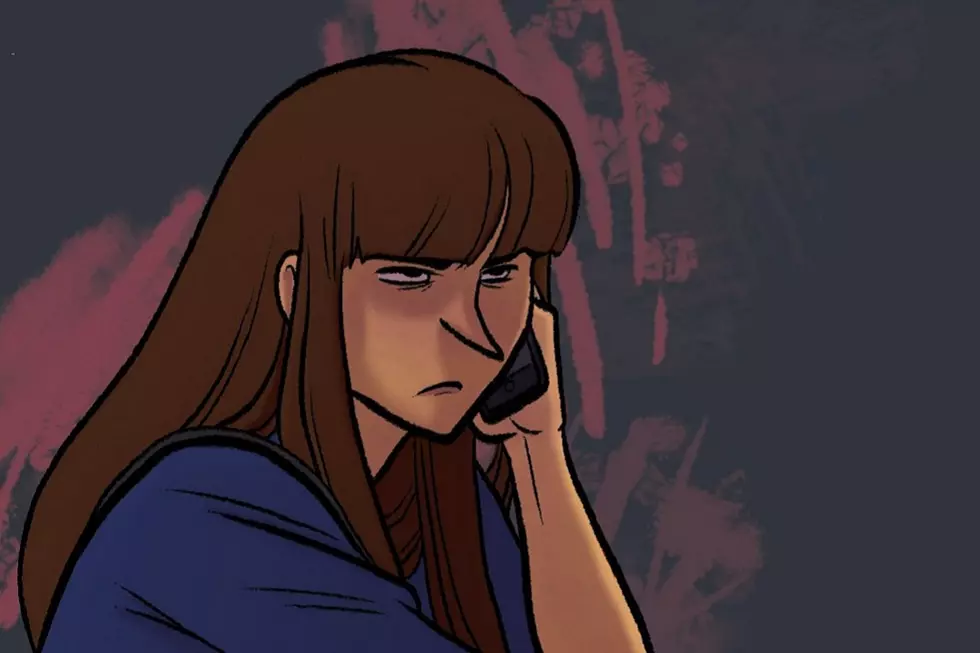
![Jesse Quick Serves Shakes in Style as the Newest DC Bombshells Statue [Review]](http://townsquare.media/site/622/files/2017/03/IMG_2825.jpg?w=980&q=75)
